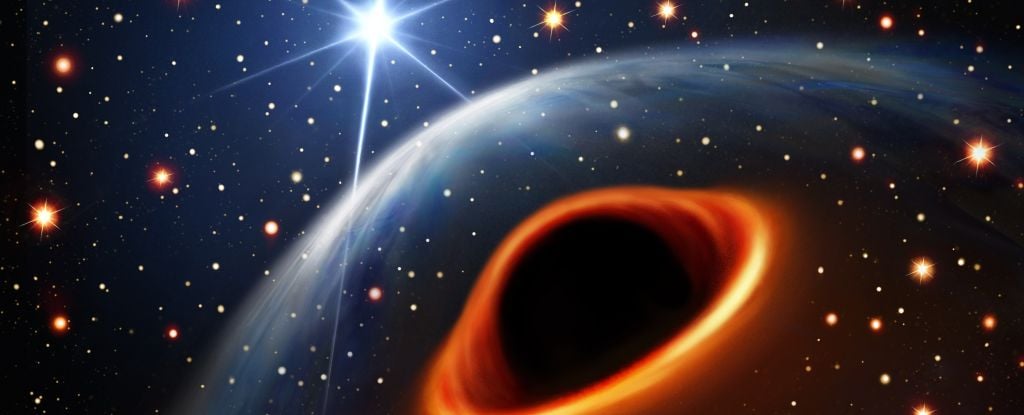Do You Know What Black Holes Really Do
#DoYouKnow, #BlackHole, #SpaceFacts, #Astrophysics, #ScienceExplained, #CosmicMystery, #Universe, #SpaceEducation
TECH & SCIENCE
7/20/20252 min read


Do you know that black holes are some of the strangest and most mysterious objects in the universe? They’re not actually “holes” but incredibly dense regions in space with gravity so strong that not even light can escape. But black holes are not just cosmic monsters—they play a major role in shaping galaxies and the universe itself. Let’s explore what black holes really are and what they do.
1. What Is a Black Hole?
A black hole forms when a massive star runs out of fuel and collapses under its own gravity. The core compresses to a single point called a singularity, where density becomes infinite, and time and space break down as we know them.
2. The Event Horizon: Point of No Return
The event horizon is the boundary around a black hole beyond which nothing can escape—not even light. Once something crosses this line, it is trapped forever.
3. Types of Black Holes
Stellar Black Holes: Formed from collapsing stars, typically a few times the mass of the Sun.
Supermassive Black Holes: Found at the centers of galaxies, with masses millions or billions of times that of the Sun.
Intermediate and Mini Black Holes: Theoretical and less understood.
4. What Do Black Holes Really Do?
Shape Galaxies: The supermassive black hole at the center of our galaxy (Sagittarius A*) influences the movement of stars.
Generate Powerful Jets: As matter falls into a black hole, it heats up and releases enormous energy, creating bright jets seen across the universe.
Warp Space and Time: Black holes can bend light and slow time near them due to their extreme gravity.
5. How Do We See Something That’s Invisible?
Black holes themselves cannot be seen, but astronomers detect them by studying:
The behavior of stars orbiting an unseen object.
X-rays emitted by matter heating up before falling into the black hole.
Direct images of black hole shadows, like the one captured by the Event Horizon Telescope in 2019.
6. Fascinating Facts About Black Holes
A teaspoon of material from a black hole would weigh billions of tons.
Black holes can merge, releasing powerful gravitational waves detected on Earth.
At the center of most galaxies lies a supermassive black hole.
7. Are Black Holes Dangerous for Us?
Luckily, the nearest black hole is thousands of light-years away, so we’re safe. But black holes help scientists study the extremes of physics and test theories like Einstein’s general relativity.
Conclusion
Do you know that black holes are not destructive monsters but cosmic architects, shaping the universe and helping galaxies form? By studying black holes, we peer into the universe’s most extreme realms of space and time.
Knowledge
Empowering minds with reliable educational content daily.
Newsletter Signup
© 2025 DoYouKnow. All rights reserved.
Stay Ahead of the Trends – Join Our Newsletter
